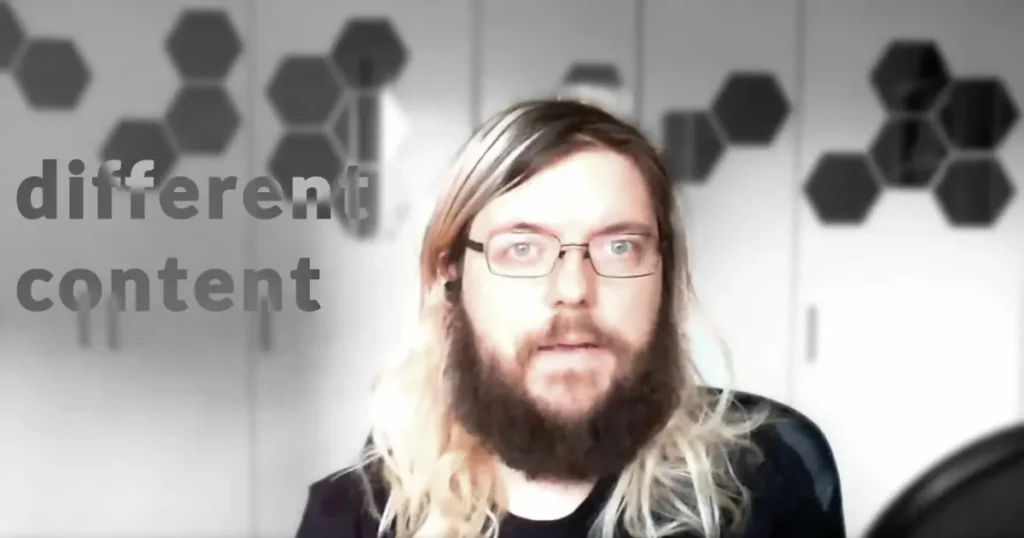
In a recent JavaScript SEO Office Hours session, Google’s Martin Splitt addressed a question about the definition and boundaries of cloaking. Splitt clarified the nuances of cloaking, explaining when presenting different content to Googlebot and users is acceptable.
Understanding Cloaking
Question: What’s the Gray Line for Cloaking?
The publisher inquired about the gray area between cloaking and not cloaking, seeking a clearer understanding of what constitutes cloaking and where the line should be drawn.
Cloaking is generally defined as showing Google a specific page of content while presenting a different page to users. Splitt explained that there are varying levels of cloaking, with some forms being acceptable and others not.
A gray line, by nature, is a murky area. For example, dusk is neither day nor night, making it hard to define precisely when it transitions from one to the other. The publisher was likely seeking clarity on the boundary that should not be crossed.
Martin Splitt responded:
“Where’s the gray line I can’t do much in terms of giving too much detail for that. But fundamentally cloaking means misleading the user. That means if I see a Googlebot is requesting my website and say this website is about kittens and butterflies and then when it’s a user going to that website (instead of Googlebot) having… like an online drugstore or trying to sell knockoff products, so something like that. That would be very much against the intention of the user and that would not match what we would show in search results if the user searches for cute kitten or something like that. So that’s very very clearly cloaking.”
Acceptable Differences in Content
Splitt elaborated on scenarios where showing different content is permissible:
“What isn’t cloaking is if my website content is slightly different. Because we all know that with responsive web design we might have slightly different content to begin with. On a mobile phone I might only load one product instead of ten products… and then have the user click through multiple pages or something like that. That’s not cloaking. That’s just slightly different content depending on what the browser can do or what the device capabilities are, that is fine.”
This means that minor variations in content based on device capabilities, such as responsive design adjustments, do not constitute cloaking. For example, displaying fewer products on a mobile version of a site compared to the desktop version is acceptable as it aligns with the user’s expectations and device constraints.
Forum Software Example
Forum software often allows admins to restrict access to certain sub-forums for non-registered users and bots. This practice keeps off-topic or social forums hidden from Google while remaining accessible to registered users. According to Splitt’s explanation, this approach should be fine as long as the content shown to Google and non-registered users is the same.
The Key Question: Are You Misleading Users?
The critical factor in determining whether an action constitutes cloaking is whether users are being misled. Splitt concluded:
“If you show slightly different content for Googlebot than for real users like notification or a pop-up that doesn’t show when Googlebot comes in that is mostly fine. Unless it is like a pop-up that has ninety percent of the content in it and on the actual page it is only an image, then we are again like… uhmmmm… does that still fall within like the user sees what the user expects or what we saw as Googlebot? But generally speaking as long as you’re not misleading the user you’re definitely on the safe side. What you shouldn’t be doing is you shouldn’t be misleading your user.”
Watch Google’s JavaScript SEO Office Hours
The distinction between acceptable differences in content and cloaking lies in whether users are being misled. If the variations in content are minor and reasonable, and do not deceive users, they are generally acceptable. However, significant discrepancies intended to mislead users or search engines will likely be penalized.
